Key Observatory (열쇠전망대)
0m 13020 2022-09-07
1375-1, Dongnae-ro, Yeoncheon-gun, Gyeonggi-do
+82-31-839-2147
Called to play the role of an important key for unification, Key Observatory was established on April 11, 1998 to commemorate the sorrow of homesickness and provide security education in the area. Military in the area can also keep watch over the north from this location. Visitors can see the DMZ fences and the Guard Point as well as exhibition hall where war items can be found.
Godaesan Mountain (고대산)
4.7 Km 54538 2021-07-20
Sinseo-myeon, Yeoncheon-gun, Gyeonggi-do
+82-31-839-2061
Godaesan Mountain (alt. 832 meters) is located next to Sintan-ri Station, which is the railroad disconnection point of the Gyeongwon Line. It is also on the way to Geumgangsan Mountain. Godaesan is ideal for mountain hiking because of its natural beauty and well-preserved
ecosystem. Moreover, this is the only mountain in South Korea on which the North Korean territory can be seen.
There are several theories about the origin of the mountain's name. One is that the mountain had been referred to as "keungore" (big whale) in the past by local residents. Another is that the mountain looks like the
banggorae (smoke duct) of a traditional Korean heating system when seen from the Sintan area; this is because the mountain's deep valleys resemble the furrows under that house that facilitate the passage of hot air to heat the room above. On a topographic map, the mountain was also marked as "Gotae" (like the constellations high above).
Godaesan also has a dense forest, making it a suitable source of timber and charcoal. Because of its abundant forest resources, a jumak (a tavern or inn that served food and liquor and provided lodging to travelers) village was formed here. The place was well-known for
charcoal production prior to the Korean War.
On November 4, 1907, 150 soldiers from the Korean militia fought a fierce battle with the 8th Company of the Japanese Army's 20th Infantry Regiment in Yeoncheon. After the fight, the Korean militia were scattered throughout the jumak village. Later on, 60 of them engaged in a
fierce battle again with the Japanese soldiers on Godaesan. This is a place imbued with the brave spirit of the Korean people.
Sintan-ri Station (신탄리역)
6.4 Km 382 2021-08-18
4, Godaesan-gil, Yeoncheon-gun, Gyeonggi-do
+82-1544-7788
Sintan-ri Station, located on the Gyeongwon Line between Daegwang-ri and Baengmagoji Stations, opened on July 10, 1913. It was part of North Korean land after 1945, but was returned to South Korea in 1951. A sign labeling the station as the final station on the line was installed in 1971. With the opening of Baengmagoji Station on November 20, 2012, the station lost its title as the last station. However, many people still consider it as such, with many visitors coming to see the old sign.
Simwonsa Temple (심원사(철원))
9.4 Km 28648 2024-03-20
58 Sangno 1-gil, Dongsong-eup, Cheorwon-gun, Gangwon-do
This thousand-year-old temple is revered as a sanctuary dedicated to the living Ksitigarbha Bodhisattva. The temple complex comprises various buildings, including Daeungjeon Hall, Myeongbujeon Hall, and Samseonggak Hall. Myeongbujeon Hall is particularly notable as it enshrines the statue of Ksitigarbha, which has been designated a Treasure of Korea. It is believed that if one prays earnestly, a single wish will be granted. This belief continues to draw Buddhists on pilgrimages, eager to experience the spiritual wonder of this revered sculpture.
Bidulginangpokpo Falls-Hantangang River Geopark (비둘기낭폭포-한탄강 국가지질공원)
10.6 Km 303 2019-09-03
Daehoesan-ri, Pocheon-si, Gyeonggi-do
+82-31-538-2312
Bidulginangpokpo Falls, Natural Monument No. 537, is located within a small valley. The waterfall is surrounded by grand columnar joints. The landscape appears quite mysterious and serene, earning it a spot as a poplar filming site for historical dramas. The falls gets it's name ("Pigeon Falls" in Korean) from the story of many wild pigeons nesting in the caves around the waterfall. Other say the name comes from the area's shape. During heavy rainfall, the road to the waterfall is closed, so checking the weather before visiting is recommended.
Joseon Wangga [Korea Quality] / 농업회사법인 조선왕가 주식회사 [한국관광 품질인증]
10.7 Km 330 2020-12-10
339-9, Hyeonmun-ro, Yeoncheon-gun, Gyeonggi-do
+82-10-5316-7288
Joseon Wangga is a museum hotel built on the basis of Yeomgeundang, an old house of Lee Geun who is the grandson of Emperor Gojong. Yeomgeundang was constructed in 1807 and was moved from Jongno-gu, Seoul, to Yeoncheon, Gyeonggi-do to keep the architectural heritage of the traditional royal family of Korea. After 5 months of dismantling work, all the roof tiles, crossbeam, rafters, pillars, foundation stones, stylobate stones, terrace stones, etc. were moved to the current place and Joseon Wangga was completed by reassembling the house for 27 months. As a result, the hidden royal house was turned into an open space for everyone to stay and experience. Staying at the royal house is the same as experiencing the culture of the royal family. There are 15 rooms in total and all the rooms are equipped with bathroom, air conditioner, refrigerator, etc. Smoke therapy and making herbal soaps are offered as experiencing programs. A tea ceremony set is prepared in the room, and paid breakfast of Eosuri Bap (Rice mixed with cow parsnip) can be served if a reservation is made in advance. The house can be rented as a place of traditional wedding or workshop. In the garden of the hotel are a small pond and a trail well tended for a rest in nature. Together with the traditional style hotel, 15 sets of royal cabana, a glamping facility, are operated for luxurious camping.
Cheorwon Dopiansa Temple (도피안사(철원))
11.5 Km 12718 2022-11-14
23, Dopidong-gil, Cheorwon-gun, Gangwon-do
+82-33-455-2471
Dopiansa Temple was built by the Buddhist Monk Doseon in 865, the 5th year of the reign of King Gyeongmun of the Unified Silla Period. Legend has it that Monk Doseon founded this temple because a 91 centimeter-tall iron seated Vairocana Buddha statue had disappeared while being carried to Anyangsa Temple in Cheorwon and was mysteriously found seated at the current site.
The temple was named Dopiansa to indicate that the iron-made Buddha statue had reached “pian,” meaning an eternal place to rest. In addition to the legendary iron seated Variocana Buddha statue (National Treasure) made by Monk Doseon, the temple houses a 4.1 meter-tall three-story stone pagoda (Treasure).
Cheorwon Korean Workers' Party Headquarters (철원 노동당사)
12.2 Km 25737 2023-03-07
265, Geumgangsan-ro, Cheorwon-gun, Gangwon-do
+82-33-450-5558
This three-story building located in Cheorwon-eup was constructed in 1946. Used as the headquarters of the Labor Party until the break of the Korean War on June 25, it is now a tourist attraction that still holds onto the vestiges of the Korean War.
Cheorwon Korean Workers' Party Headquarters is under the control of Cheorwon-gun Office as part of the Security Tour Course. Hundreds of thousands of people visit this tourist destination every year.
Gunnam Flood Control Theme Park (군남홍수조절지 두루미테마파크)
12.4 Km 8358 2023-09-20
Gunnam-myeon, Yeoncheon-gun, Gyeonggi-do
The Gunnam Flood Control Site is situated near the border between North and South Korea just six kilometers away from the demarcation line. More than 97% of the land around the Gunnam flood control dam is part of North Korea. The site is effective in controlling the flooding of the Imjingang River and improving irregular water flow. This area is a key wintering site for various migratory birds such as white-naped cranes, and hooded cranes, with up to 200 birds spending every winter in the area. Given the unique characteristics created by the geographical condition of the area near the border between South and North Korea and the natural environment of the Imjingang River, the site is a great natural ecological habitat for various wildlife.
The Gunnam Flood Control Theme Park features “The Story of Peace and Love told by Cranes” as its theme. Various story-telling facilities are installed, such as the drum of peace, a wishing tree, and crane structures. There are also outstanding facilities to minimize impact on the environment, such as an alternative habitat for cranes, fishway ecology, and ecological wetlands. The facility makes it a great place to learn about and experience ecology.
Jiktangpokpo Falls [National Geopark] (직탕폭포 (한탄강 국가지질공원))
12.4 Km 32349 2021-09-25
94, Jiktang-gil, Cheorwon-gun, Gangwon-do
+82-33-450-5534
Jiktangpokpo Falls is location in the middle of Hantangang River, which runs through town of Dongsong-eup in Cheorwon. Unlike other falls, Jiktangpokpo Falls is not tall, but wide instead as the 3 meter-high falls stretch almost 60 meters from bank to bank. Widely known for its grandeur and beauty, Jiktangpokpo Falls is one of the 8 scenic wonders of Cheorwon. It is an ideal summer vacation spot and visitors can enjoy the savory maeuntang (spicy seafood stew) made with freshwater fish at one of the many restaurants located in the vicinity.
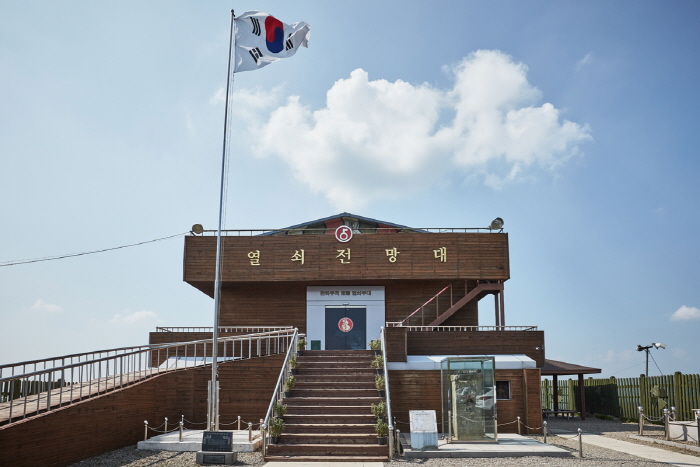
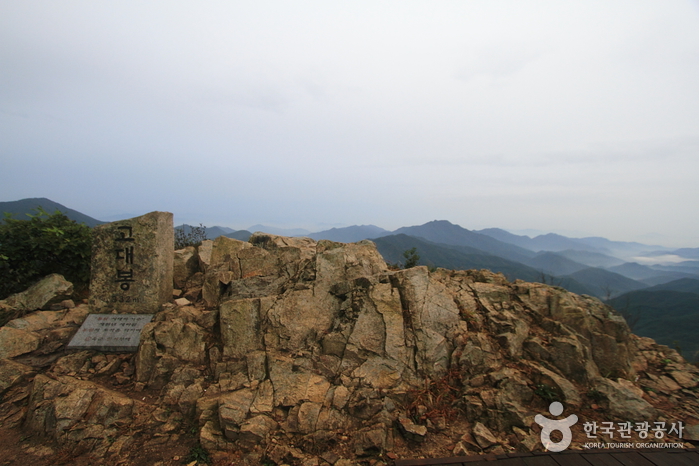
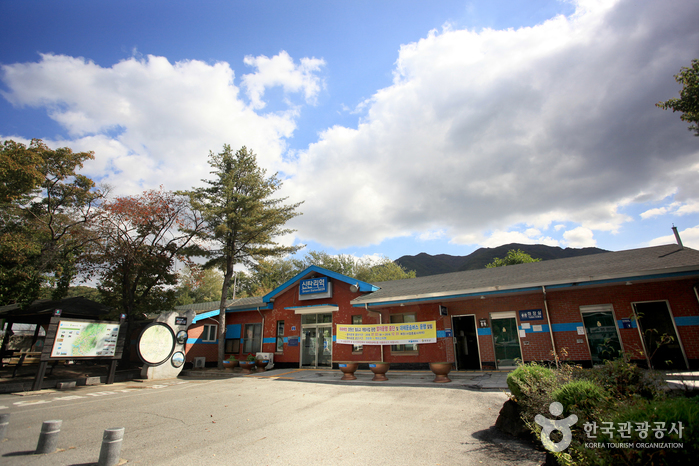
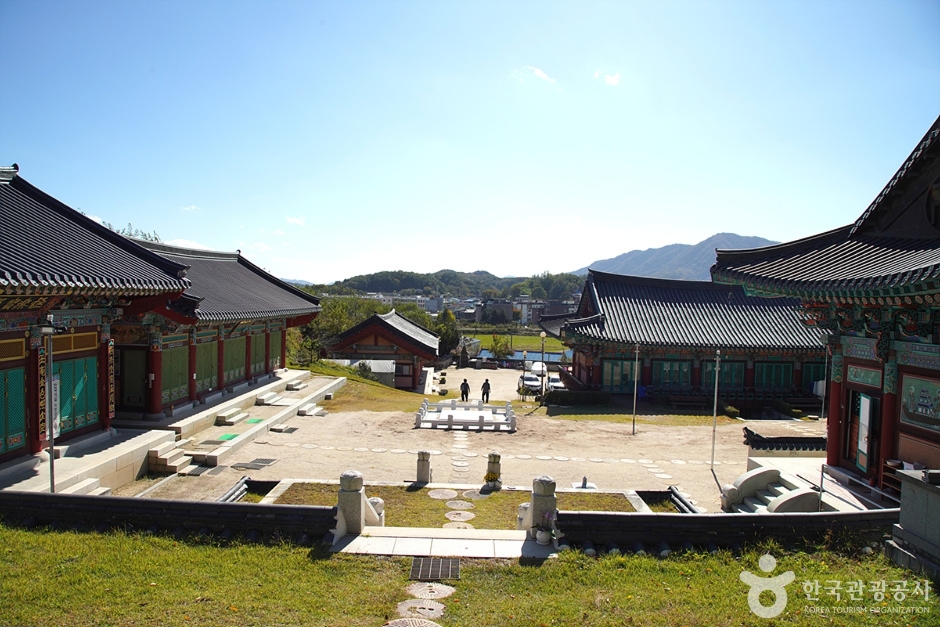
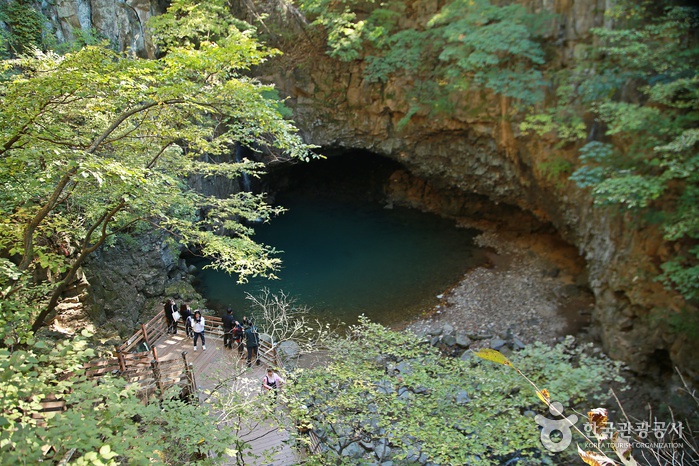
![Joseon Wangga [Korea Quality] / 농업회사법인 조선왕가 주식회사 [한국관광 품질인증]](http://tong.visitkorea.or.kr/cms/resource/86/2595086_image2_1.jpg)
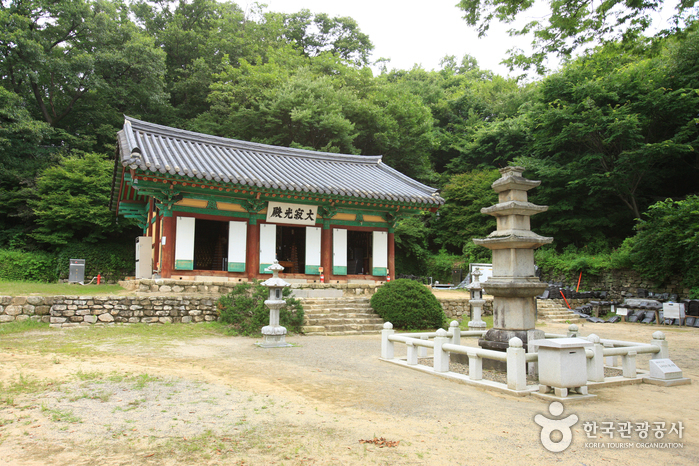
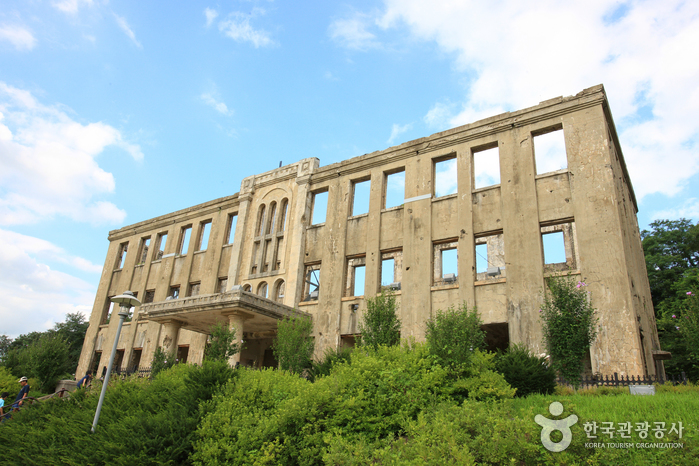
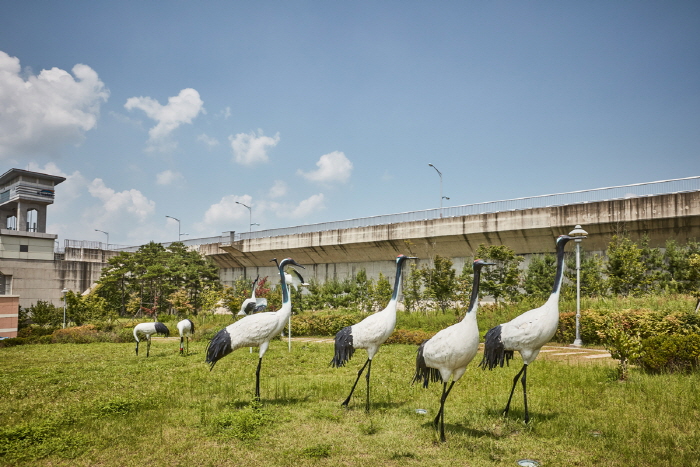
![Jiktangpokpo Falls [National Geopark] (직탕폭포 (한탄강 국가지질공원))](http://tong.visitkorea.or.kr/cms/resource/70/1137370_image2_1.jpg)
 English
English
 한국어
한국어 日本語
日本語 中文(简体)
中文(简体) Deutsch
Deutsch Français
Français Español
Español Русский
Русский